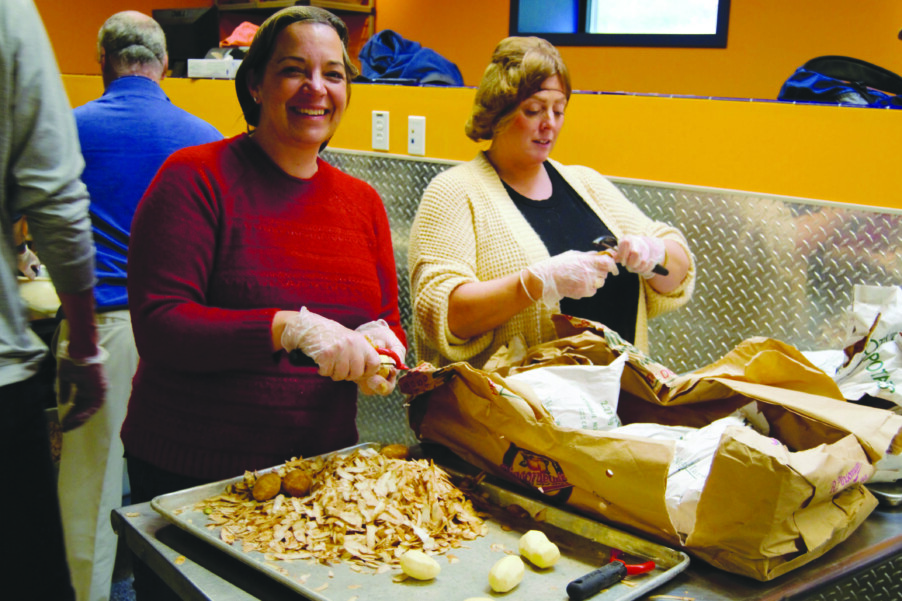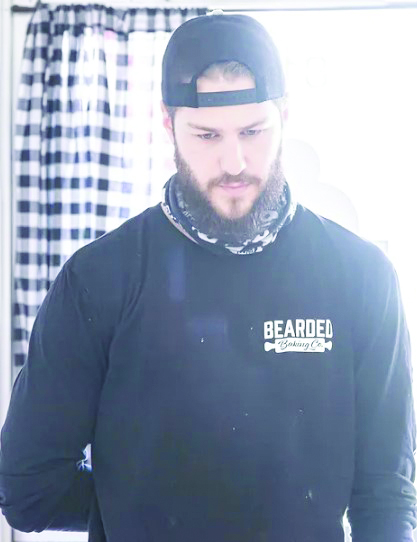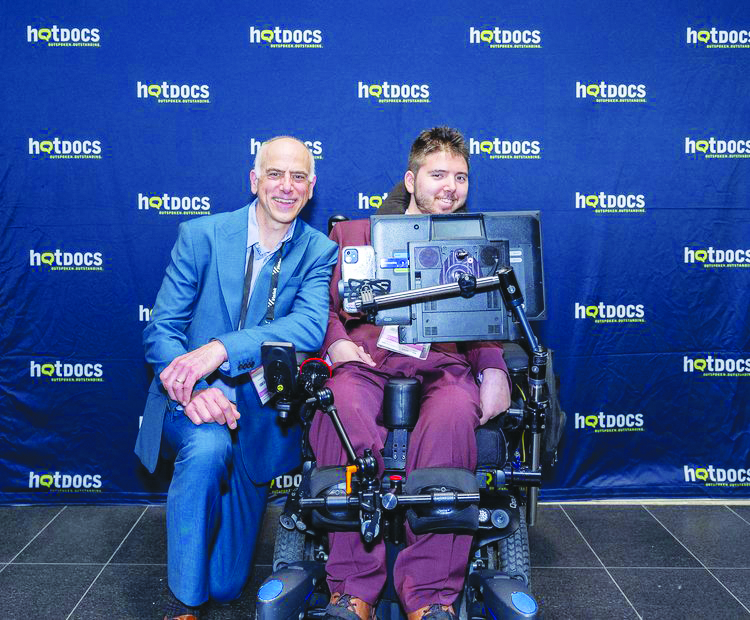Keeping Granite Staters fed at the New Hampshire Food Bank
Nancy Mellitt is the Director of Development at the New Hampshire Food Bank, a program of Catholic Charities New Hampshire, and spoke to the Hippo about the organization and what they get done. Visit nhfoodbank.org for more information or call 669-9725.
What does the New Hampshire Food Bank do?
The New Hampshire Food Bank is the only food bank in New Hampshire and we do quite a bit. We provide food to more than 400 partner agencies throughout the state. That’s our primary purpose. We’re providing approximately 60 percent of the food that the food pantries, soup kitchens, etc., are distributing to individuals in the state. Then we have some programs that are designed to address the root causes of hunger and to assist people in not being food-insecure.
What is a mobile food pantry?
They are sponsored by a company and we are going to areas in the state that have low resources and high needs. We are bringing enough shelf-stable boxes and produce boxes for approximately 400 families…. We do a drive-thru mobile food pantry, so folks stay in their cars and they drive up and they are provided with a box of shelf-stable food and a box of fresh produce to take home.
What can people donate to the food bank?
Well, we are looking for shelf-stable foods for donation purposes. So low-sodium, canned vegetables, soups, stews this time of year, shelf-stable milk. We have a list on our website, nhfoodbank.org, that is our most-needed food items, so folks can go on and look at that. Protein like cans of tuna, cans of chicken … peanut butter.
Would you want to mention some of the programs that you all do?
We have a culinary training program right here at the Food Bank in Manchester. It’s a program for individuals who are unemployed or underemployed and the individuals come in, they apply, they get interviewed, they’re accepted, they immediately learn knife skills, recipe conversions because they’re preparing meals that are going out to Boys & Girls Clubs in Salem, Manchester, Allenstown, Concord, Laconia. We do the nutrition incentive program. So folks that are on SNAP can go to farmers markets and … they can double their purchasing power for fruits and vegetables. And there are also some grocery stores that participate in that program as well. We do SNAP outreach. We are trying to reach those folks who qualify for SNAP. SNAP is the Supplemental Nutrition Assistance Program, so trying to reach those folks who qualify to receive those benefits but are not accessing them, to help them get through that process. We have a production garden, so we have an acre of land here in Manchester that the state allows us to use. During the growing season we are growing our own produce. We have Cooking Matters, which is a program that teaches folks how to eat healthy on a budget. We do a lot. We have New Hampshire Feeding New Hampshire, which is a very cool program that we are providing funding to our partner agencies to purchase dairy and fruit through New Hampshire farmers.
How does someone know if they qualify for SNAP?
They can go to the State of New Hampshire website, New Hampshire Easy, or they can give us a call and we can walk them through the qualifications.
Is there anything else you’d like to mention about the food bank?
People can also help the food bank by making monetary donations because we are able to purchase, our purchasing power is greater. So we can purchase by tractor-trailer load so it drives prices down. … It means we need money. We can provide two meals for approximately $1.28. —Zachary Lewis
Upcoming NH Food Bank mobile food pantries
Colebrook
NH Liquor & Wine Outlet (16 Metallak Place, Colebrook)
Thursday, Dec. 12, noon to 1:30 p.m. (while supplies last)
Concord
NHTI, lots A/B (31 College Drive, Concord)
Friday, Dec. 20, noon to 2 p.m. (while supplies last)
Visit nhfoodbank.org or call 669-9725.
Area food pantries
Here are some area food pantries. See websites for donation information, hours of operation and information on how to access food assistance.
• Bedford Community Food Pantry 4 Church Road, Bedford, 867-1445, bedfordnhfoodpantry.org
• Christ the King Food Pantry temporarily at 219 S. Main St. in Concord during construction on a new food pantry building, slated to be open in the summer of 2025. Call 224-2328 or see christthekingfoodpantry.org.
• Community Action Program 225-6880, capbm.org/CAP-Area-Resource-Centers operates food pantries at locations in Concord, Franklin, Laconia and Suncook.
• Corpus Christi Food Pantry 3 Crown St., Nashua, 882-6372, corpuschristifoodpantry.org
• Families in Transition Food Pantry 176 Lake Ave., Manchester, 641-9441, fitnh.org/ services/food-programs
• First Baptist Church 4 Crystal Ave, Derry, 421-1897, fbcfoodpantry.org
• First United Methodist Church Food Pantry 961 Valley St., Manchester, 622-8863, fumcmanchester.org. Food pantry operates Tuesdays, 8 to 11:30 a.m.
• Friends of Forgotten Children 224 Bog Road, Concord, 753-4801, fofc-nh.org/food-pantry
• Goffstown Network Food Pantry 7 N. Mast Road, Goffstown, 497-3433, goffstownnetwork.org
• Hooksett Community Food Pantry Hooksett Town Offices, operated by the Kiwanis Club of Hooksett, 35 Main St., Hooksett, 485-7222, hooksettkiwanis.org
• Nashua Soup Kitchen & Shelter 2 Quincy St., Nashua, 889-7770, nsks.org
• Sacred Heart Food Pantry 247 S. Main St., Manchester, 668-4004, sacredheartchurch-nh.com
• SHARE Outreach 1 Columbus Ave., Milford, 673-9898, sharenh.org
• Shepherd’s Pantry 1 Church St., Windham, 432-2150, shepherdspantry.net
• Southern NH Rescue Mission 40 Chestnut St., Nashua, 889-3421, hope4nashua.org. The Community Gift Center distributes clothes and food every other Tuesday, the website said.
• St. Thomas Aquinas 26 Crystal Ave., Derry, 432-5000, stthomasderry.org
• Tolles St. Mission Food Pantry 52 Whitney St., Nashua, 880-4984, thetollesstreetmission.org
• The Upper Room Food Pantry 36 Tsienneto Road, Derry, 437-8477, urteachers.org
• NH Food Bank distributes food to more than 400 partner agencies across the state. Visit nhfoodbank.org/find-food/food-map to find locations.
Featured image: Plaque at Fort Constitution.





